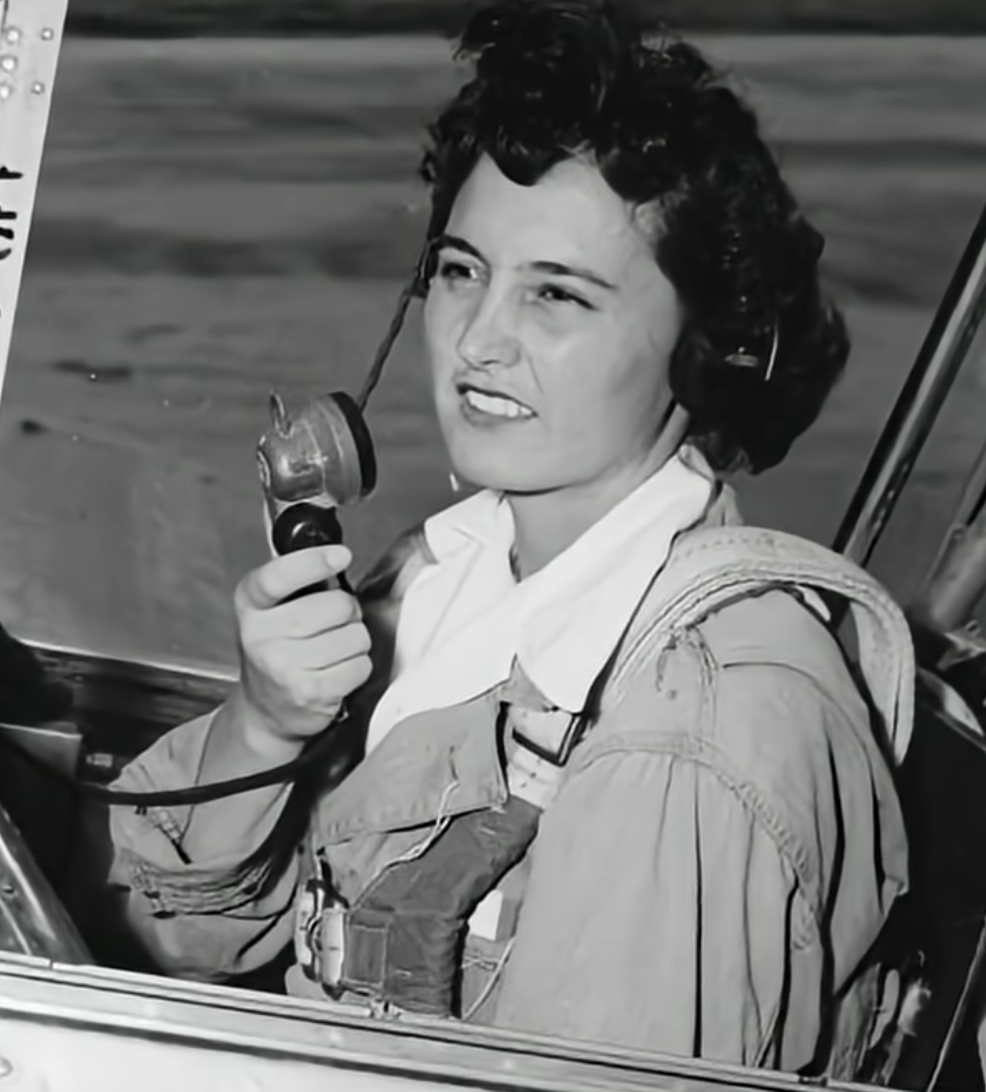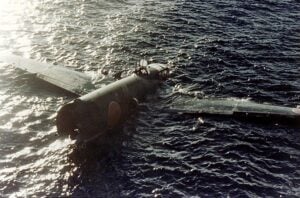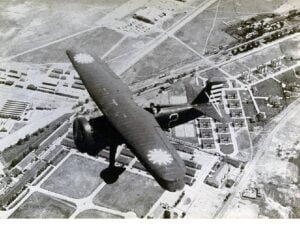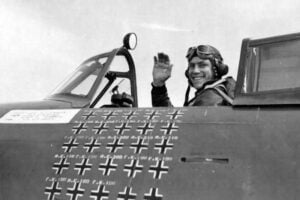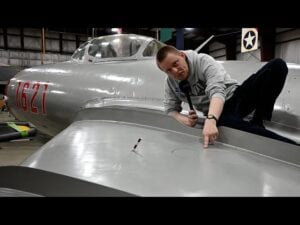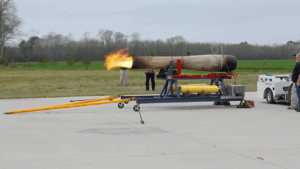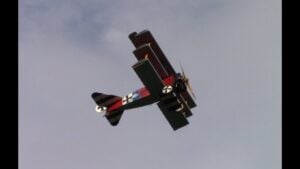The Women Pilots Who Helped Free Men for Combat in WWII
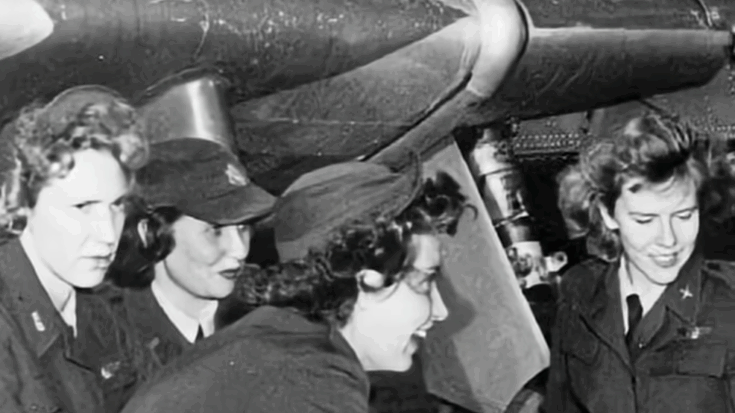
@HerstoryVerse / YouTube
A Bold New Role for Women
During World War II, American women took on the role of piloting military aircraft across the country. The program began as two separate units—the Women’s Auxiliary Ferrying Squadron and the Women’s Flying Training Detachment—in September 1942. Women who already held civilian licenses answered the call to ferry fighters, bombers, and transport planes from factories to airfields. By August 1943, these groups merged into the Women Airforce Service Pilots (WASP), under the leadership of Jacqueline Cochran and Nancy Love.
This new organization trained its pilots under conditions nearly identical to their male counterparts, though women did not learn combat tactics. They flew long hours in every type of aircraft in the U.S. Army Air Forces fleet. Their duties included transporting aircraft between bases, towing targets for live-fire practice, engineer test flights, and serving as flight instructors. By war’s end, the WASPs had flown nearly 60 million miles and operated at more than 120 air bases.
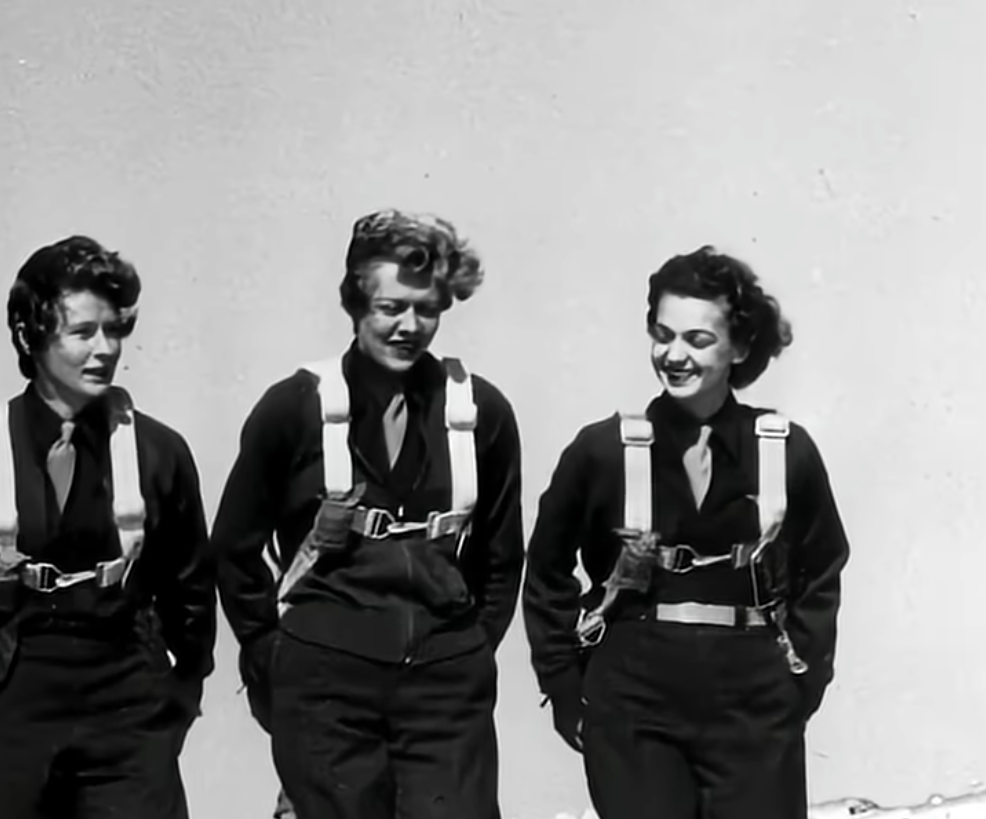
Courage and Sacrifice
The women faced tough training at Avenger Field in Sweetwater, Texas. Days began early and ended late, with lessons in navigation, aircraft mechanics, and physical drills. Their civilian status meant they received no military benefits, and some paid funeral expenses out of pocket when accidents claimed lives. In total, 1,074 women graduated into WASP roles, while 38 lost their lives during service.
The WASPs included women of color despite the restrictions of the time. Native American pilot Ola Mildred Rexroat, Chinese-American Hazel Ying Lee, and Latina pilots such as Maggie Gee flew with distinction. Black women were barred from service by policy, even if qualified, reflecting broader racial divisions in that era.
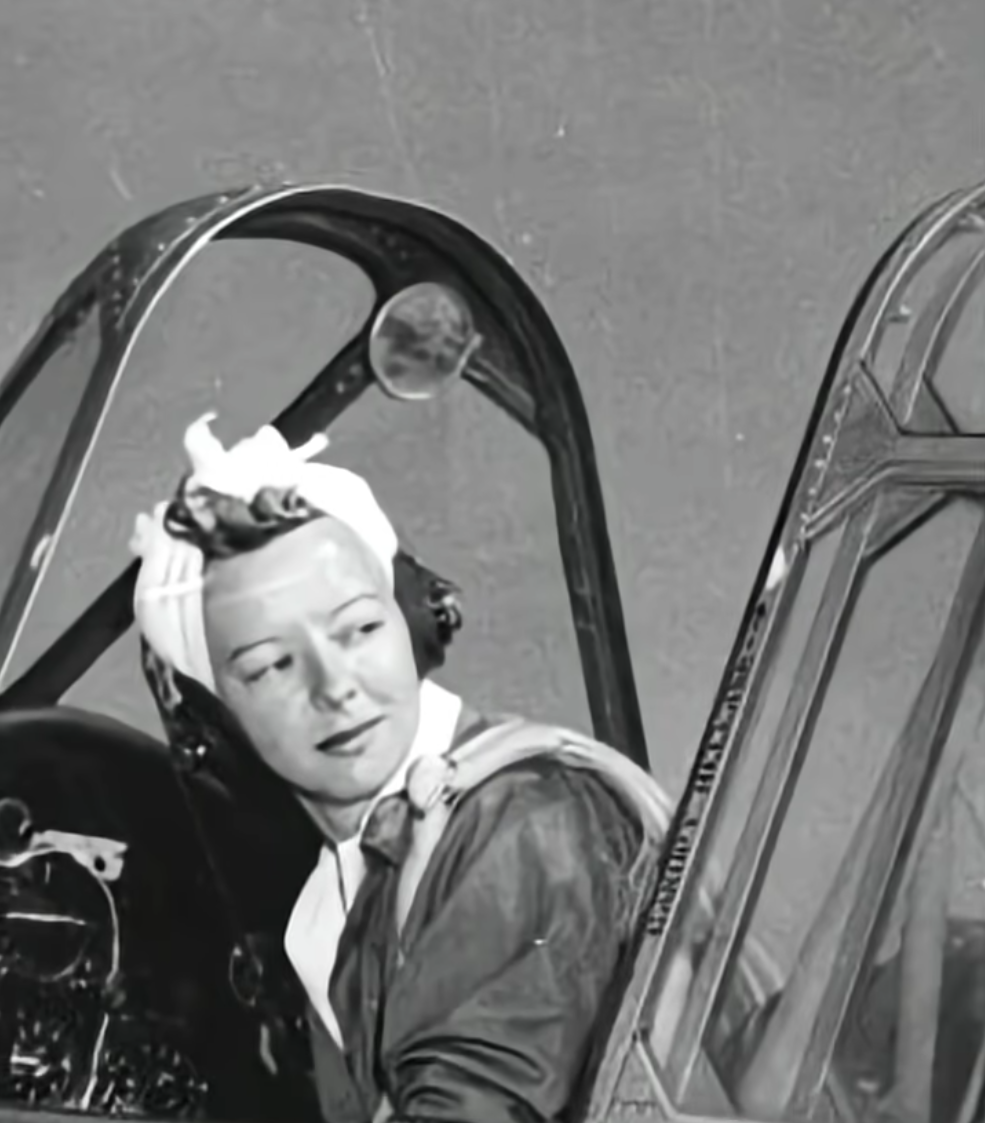
Struggles for Recognition
As male pilots returned late in the war, Congress voted in June 1944 to disband the WASP—only a few months after it gained strong support within the Army Air Forces. By December 1944, the women were out of service, their records sealed and civilian status restored.
For decades, their contributions were overlooked until survivors and supporters campaigned for recognition. In 1977, Congress granted them veteran status via the G.I. Bill Improvement Act. In 2009, they received the Congressional Gold Medal—an honor accepted by some of the 300 surviving members.
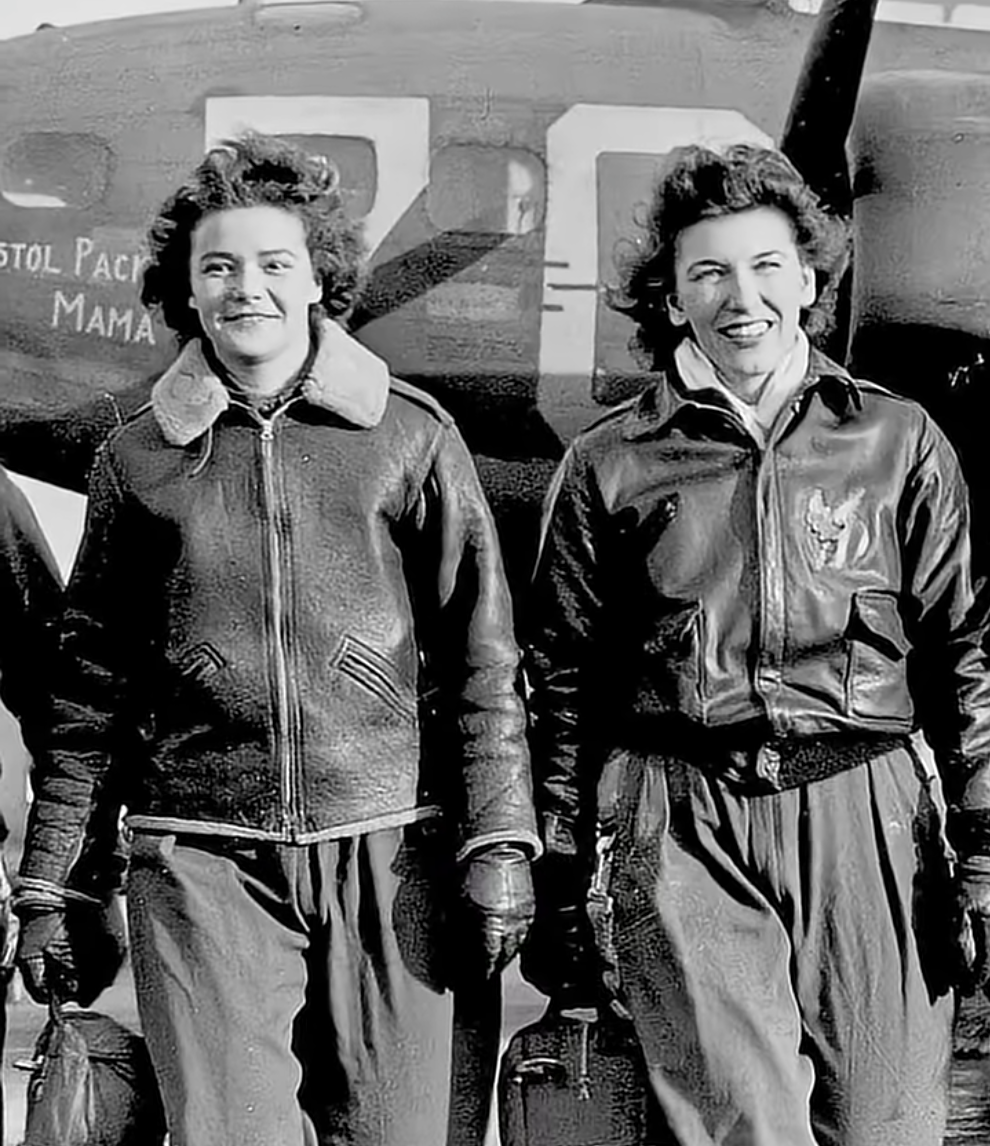
A Lasting Legacy
WASP achievements break new ground in aviation history. They showed that women could pilot military aircraft as well as men. Their efforts laid the groundwork for future female officers in the U.S. Air Force, decades before women could officially serve as pilots. Their story remains one of skill, courage, and quiet determination.
